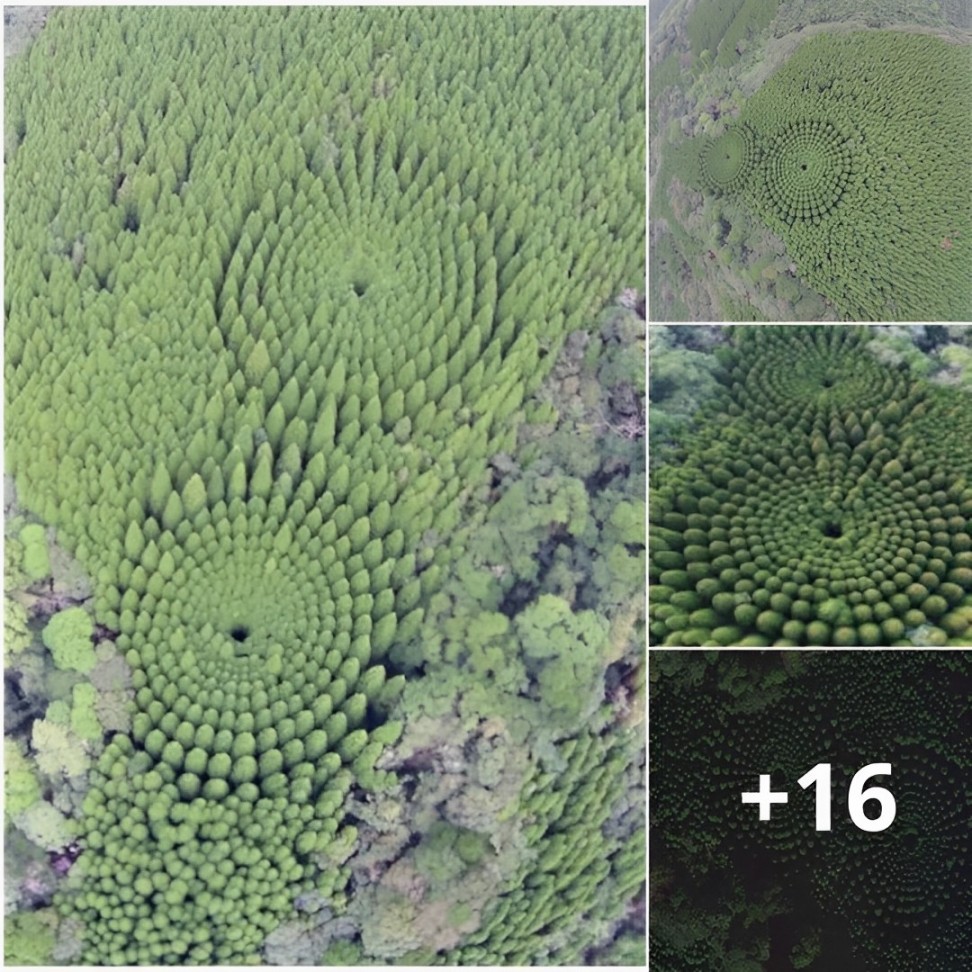They are also known to link together in huge swarms creating a spiked floor to ward off attackers.
 Photo: © Павлик Лисицын
Photo: © Павлик Лисицын
If you ever encounter a large ant with three sets of sharp hooks coming out from its back, you might want to stay away from it. The creature in question is the fishhook ant (Polyrhachis bihamata), a species that can pierce skin and get lodged into the throat of would-be predators. These ants are not only formidable defenders, but also fascinating builders and social insects.
Fishhook ants are native to the rainforests of Southeast Asia, where they construct their nests in soil, rotting wood or trees. Their most striking feature is their spiny postpetiole, the segment between the abdomen and the thorax. The spines point outwards and bend backwards, forming hooks that can easily slice through skin and tend to hold on for a while. If a predator is careless enough to bite that ant, the ant will jerk around and cut up the inside of the predators mouth. The hooks are not only used for defense, but also for anchoring themselves to the substrate or to each other.
 Photo: Virachey National Park
Photo: Virachey National Park
When attacked, fishhook ants swarm out of their nests and hook onto each other, forming a living carpet of spikes that deters predators. This behavior is inadvertent but quite effective as a defense mechanism. The ants also use their mandibles and stingers to bite and sting their enemies, delivering a painful venom.
Fishhook ants are also remarkable for their nest-building skills. They use silk produced by their larvae to weave together plant materials, such as leaves, twigs or grasses, into a sturdy structure. The silk also acts as a waterproofing agent, preventing rainwater from entering the nest.
The nests can vary in size and shape, depending on the availability of resources and the number of ants. Some nests are small and spherical, while others are large and elongated. Some nests are attached to tree branches or trunks, while others are hidden underground or inside rotten logs. The nests have multiple entrances and chambers, where the ants store food, rear brood and rest.
 Photo: Bernard DUPONT
Photo: Bernard DUPONT
Fishhook ants are social insects that live in colonies of thousands of individuals. They have a caste system composed of workers, soldiers and a queen. The workers are responsible for foraging, nest-building and caring for the brood. The soldiers are larger and more heavily armed than the workers, and they protect the colony from intruders. The queen is the only fertile female in the colony, and she lays eggs that develop into new ants.
These amazing ants communicate with each other using chemical signals called pheromones. They cooperate with each other to achieve collective goals, such as finding food, building nests or defending against enemies. They exhibit division of labor, where different individuals perform different tasks according to their age, size or preference. They also exhibit self-organization, where complex patterns emerge from simple interactions among individuals.
 Photo: © Павлик Лисицын
Photo: © Павлик Лисицын
Fishhook ants are amazing insects that deserve our respect and admiration. They can help us understand the evolution of social behavior, the mechanisms of collective intelligence and the principles of biomimicry. They can inspire new designs for materials, structures and robots.
If you ever encounter them in the wild, don’t try to touch them or disturb their nests. Instead, observe them from a safe distance and appreciate their beauty and complexity.





